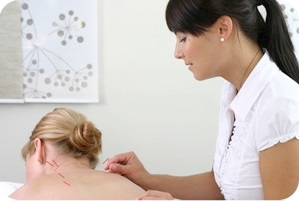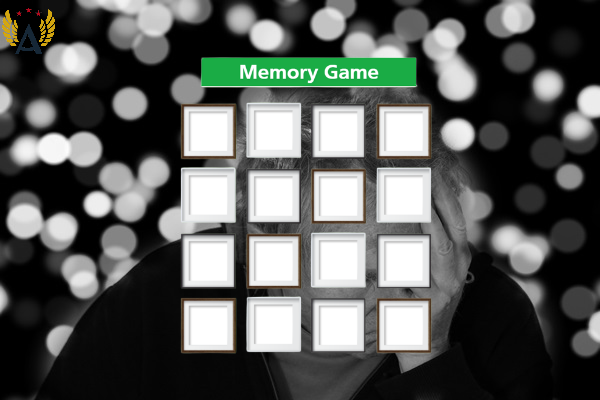Unit 5: Lesson 6: Mind-Body Medicine
Lesson 6: Mind-Body Medicine

Lesson 6: Mind-Body Medicine
Some alternative and complementary practices focus on the connection between mind and body, and the practitioners believe that the mind can affect the body in various ways. The belief in the mind's ability to influence the body's functioning is at the core of many different practices, including some that have become widely accepted in mainstream medicine, such as biofeedback and cognitive-behavioral therapies and techniques. Other mind-body practices, however, have remained as alternative or complementary ones. These include yoga, prayer, meditation, hypnosis, and music therapy.
The idea that the mind could influence the body has a long history in many parts of the world. Both traditional Chinese medicine and Ayurvedic medicine include the belief that reason could be used to help heal and maintain the body. Today, studies have found that mind-body practices are still some of the most commonly used alternative and complementary practices. About 12% of adults, for example, have used deep breathing exercises, and approximately 9% have used meditation for health reasons.
Another field of study that combines mind-body medicine is psychoneuroimmunology (PNI). PNI combines the study of the mind, the central nervous system, and immunology. Although this sounds like a complicated area of study, the ideas behind it are ones we commonly think about and discuss when someone becomes ill with a cold or the flu. We may recognize that when stressed out or not coping well with something in our lives, we seem more likely to catch a cold or other virus. In other words, our immune systems could not fight off the virus, and we became ill. Scientists are currently studying these possible connections to see whether our emotions affect our immune systems.
Energy Medicine
Another group of alternative and complementary medicine practices focuses on the body's energy (biofields) or energy outside the body. Although some forms of energy medicine have not been proven to help in health studies, many people argue that it has helped them with various health issues. Some forms of energy medicine, such as acupuncture and acupressure, have been used for health purposes; the results have gained much wider acceptance as alternative and complementary practices.

Acupuncture is one of the oldest forms of Chinese medicine and is used to help address a variety of health issues. Practitioners of acupuncture place needles in the patient's skin at precise spots on the body. The theory behind acupuncture is that a person's life force, or qi, runs through various energy pathways, called meridians, in the body. Along these 14 different meridians lay 361 acupuncture points. The specific points that a practitioner chooses to use for a patient are related to the problems that the patient is experiencing. Studies on the effectiveness of acupuncture as a treatment have found promising results for health issues such as knee pain and the nausea associated with chemotherapy.
Acupressure is similar to acupuncture in that it uses specific points on the body but is different in that no needles are used. Instead, acupressure involves putting physical pressure on these particular points to help balance health. Pressure on these points is thought to restore the body's natural healing abilities, relaxing muscles and encouraging blood circulation.
In this unit, we have examined health and wellness, including different dimensions of health, using a holistic approach. We learned more about preventative medicine and some practices individuals can use to promote better health. We also learned about the area of alternative and complementary medicine and some of the alternative medical systems from which these practices were derived. Finally, we discussed some of the different forms of integrative and complementary medicine, identifying some practices within each type.
Think About
- What are the different dimensions of health? What is a holistic approach to these dimensions?
- What is preventive medicine? What are some practices that make up preventative medicine?
- What is alternative and complementary medicine?
- What are some alternative medical systems?
- What are some of the different types of alternative and complementary practices?
